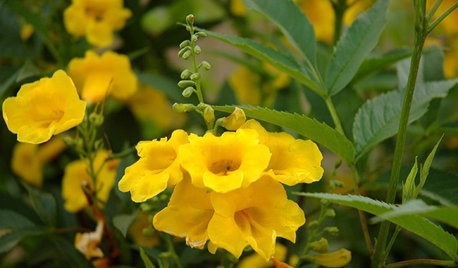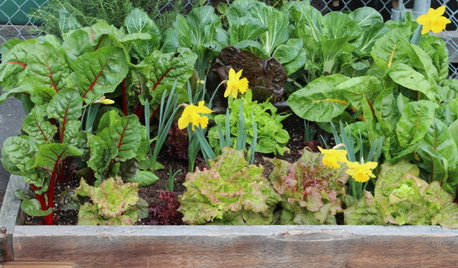Kwanso can it be further hybridized
grumpygardenguy
19 years ago
Featured Answer
Sort by:Oldest
Comments (23)
Tim_Sullivan
19 years agolast modified: 9 years agogrumpygardenguy
19 years agolast modified: 9 years agoRelated Professionals
Seabrook Landscape Architects & Landscape Designers · Darien Landscape Contractors · Lees Summit Landscape Contractors · New Berlin Landscape Contractors · Secaucus Landscape Contractors · Hueytown Landscape Contractors · Shafter Landscape Contractors · Coconut Grove Carpenters · Cordele Carpenters · Fruit Cove Carpenters · Oak Grove Carpenters · Scarsdale Carpenters · Tucson Carpenters · Columbia Fence Contractors · Teaneck Fence ContractorsTim_Sullivan
19 years agolast modified: 9 years agogrumpygardenguy
19 years agolast modified: 9 years agomembertom
19 years agolast modified: 9 years agogrumpygardenguy
19 years agolast modified: 9 years agofarmfreedom
19 years agolast modified: 9 years agoACCOLADY
19 years agolast modified: 9 years agoTwilight_08
19 years agolast modified: 9 years agogrumpygardenguy
19 years agolast modified: 9 years agoACCOLADY
19 years agolast modified: 9 years agogrumpygardenguy
19 years agolast modified: 9 years agomembertom
19 years agolast modified: 9 years agokeking
19 years agolast modified: 9 years agossbravelady
18 years agolast modified: 9 years agogrumpygardenguy
18 years agolast modified: 9 years agogeoforce
18 years agolast modified: 9 years agokeking
18 years agolast modified: 9 years agoskohler
18 years agolast modified: 9 years agoadmmad
18 years agolast modified: 9 years agothe_white_rabbit
15 years agolast modified: 9 years agoxenobleps
15 years agolast modified: 9 years ago
Related Stories

REMODELING GUIDESRammed Earth: Old Meets New in Hybrid Material
An ancient technique lends itself to more sustainable contemporary home designs
Full Story
REMODELING GUIDESSee What You Can Learn From a Floor Plan
Floor plans are invaluable in designing a home, but they can leave regular homeowners flummoxed. Here's help
Full Story
KITCHEN DESIGNTake a Seat at the New Kitchen-Table Island
Hybrid kitchen islands swap storage for a table-like look and more seating
Full Story
MAN SPACESA Los Angeles Basement Becomes a Cozy Man Cave
Raw storage space in a Hollywood writer's home is transformed into a masculine home office hybrid
Full Story
GARDENING GUIDESTop 12 Summer-Blooming Perennials for Deer-Resistant Drama
Can you have garden color, fragrance and exciting foliage with hungry deer afoot? These beauties say yes
Full Story
BUDGETING YOUR PROJECTConstruction Contracts: What to Know About Estimates vs. Bids
Understanding how contractors bill for services can help you keep costs down and your project on track
Full Story
GARDENING GUIDESGreat Design Plant: Yellow Bells, a Screening Queen
With its large size and copious golden flowers, this shrub can cover walls or screen unsightly views with ease
Full Story
KITCHEN APPLIANCESFind the Right Cooktop for Your Kitchen
For a kitchen setup with sizzle, deciding between gas and electric is only the first hurdle. This guide can help
Full Story
FARM YOUR YARDGrow a Kitchen Garden in 16 Square Feet
Got a sunny 4-by-4 space? You can make meals more interesting with your own vegetables and herbs
Full Story
GRASSES10 Ways to Use Ornamental Grasses in the Landscape
These low-maintenance plants can add beauty, texture and privacy to any size garden
Full Story





HU-777742799